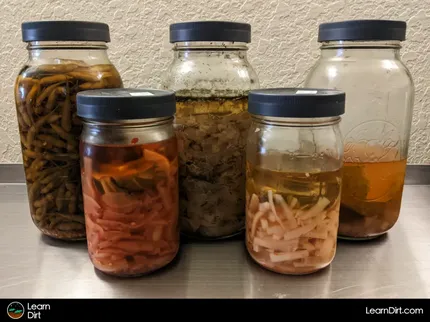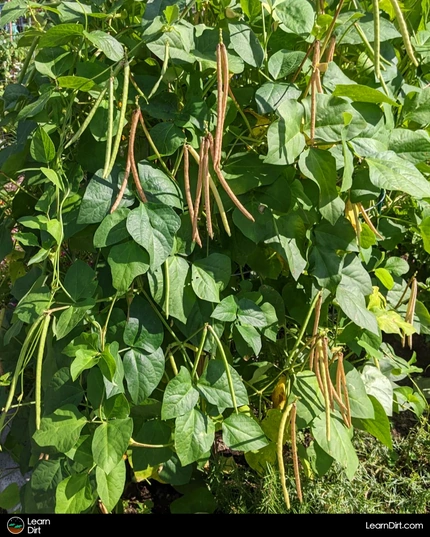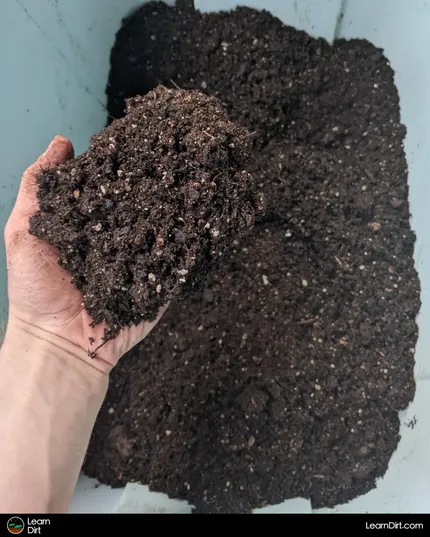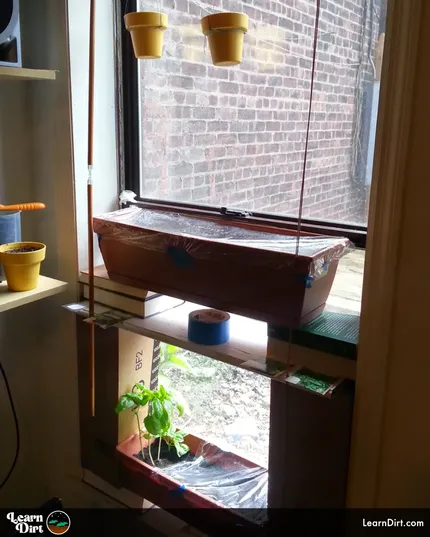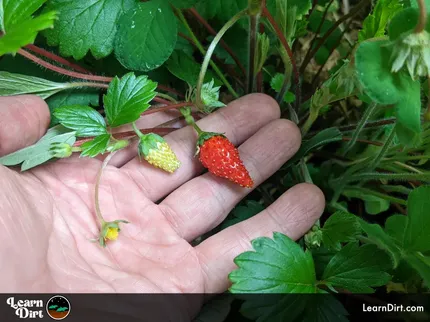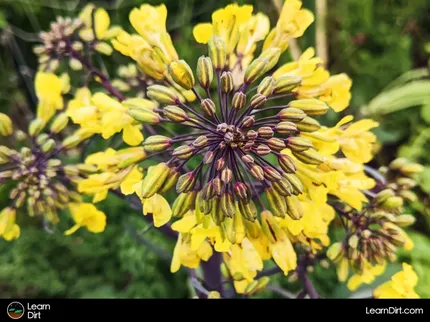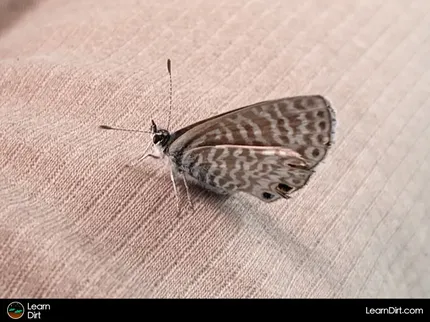Table of Contents
- Why Are Pollinators Important?
- Common Pollinators
- Unexpected Pollinators
- How Can Gardeners Support Pollinators?
* Our articles never contain AI-generated slop *
Pollinators are a cornerstone of both natural ecosystems and cultivated gardens.
Without the help of pollinators, we would see many plants stop reproducing entirely. Crop yields would drop off a cliff, biodiversity would dwindle, and entire ecosystems would quickly callapse.
Why Are Pollinators Important?
Pollinators are the sole means of fertilization for most angiosperms (flowering plants). Without them, many plants are completely incapable of reproduction.
Disclaimer: This post may contain affiliate links. Refer to the privacy policy for more information.
Even for those plants which can self-pollinate in times of stress, asexual reproduction via self-pollination results in less genetic diversity over time - resulting in losses of resilience and adaptability in plant populations.
Common Pollinators
- Bees
- Butterflies
- Beetles
- Wasps
- Flies
- Birds
- Moths
Unexpected Pollinators
While you're likely familiar with most of the common pollinator listed above, there are also a wide range of unexpected and loss-common pollinators you may not think of.
Here's a short list of creatures you might not think of:
- Ants
- Mosquitos
- Thrips
- Lizards
- Rodents
- Wind & Water
How Can Gardeners Support Pollinators?
Grow Night-Blooming Flowers
You've likely had the experience of stumbling into your kitchen in the middle of the night for a little late-night chow. Hovering in front of the glow of the refrigerator, ready to recklessy double your calorie intake for the day.
For nocturnal pollinators, night-blooming flowers provide that late-night refrigerator of food that they can access after dark.
Moreover, many nocturnal pollinators aren't awake at all during the day, so night-blooming flowers may be thoir only chance to fill up.
Join The Grower's Community
Your space to connect, learn, and belong 🌱
Check It Out!
Some commen night-blooming flowers you can grow in your garden to support nocturnal pollinator friends include:
- Evening Primrose
- Datura
- Night-Scented Stock
- Moonflower
- Four O-Clock
- Night-Blooming Jasmine
Where I live in the Sonoran Desert, many native species only bloom at night during the hot season when scorching days keep most critters hidden underground or out of sight by day.
Saguaros are a great exapmle of this, opening their flowers in the dark for moths and bats.
If there are native plant species where you live that bloom at night, these will provide more support to nocturnal pollinators than non-native species.
Avoid Artificial Light in Your Garden at Night
Artificial light at night can severely disrupt nocturnal pollinators, many of whom navigate by moonlight and starlight and require darkness no navigate and feed.
You've surely seen the way moths flock to lights at night, circling and congregating around them. Artificial light is very confusing to them and may even lead to exhaustion and death when they find themselves unable to navigate because of it.
Some moths will even avoid areas with artificial light entirely, passing your garden by if you run night lights in or near it.
Night light can also alter moth hormones and mating behavior negatively.
If you need light in your garden, use warm red or yellow lights and avoid cool blue and white lights. Consider motion sensors rather than always leaving light on.
That's all for now, thanks for reading!
If you have any questions, comments, or would like to connect with fellow gardeners, head on over to the forum and post there.

![Black Dirt Live Again [Blue]](/media/product_images/black-dirt-live-again-[blue]_sticker_260x260.png)


